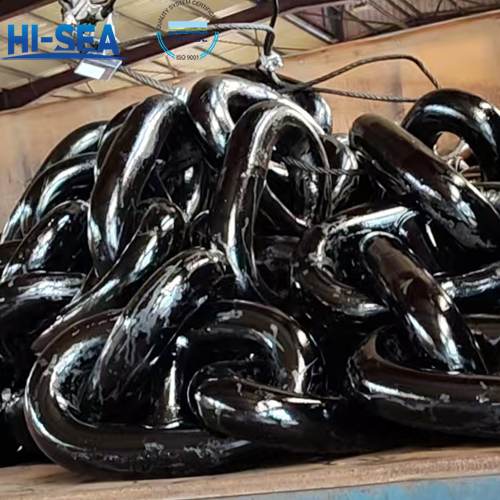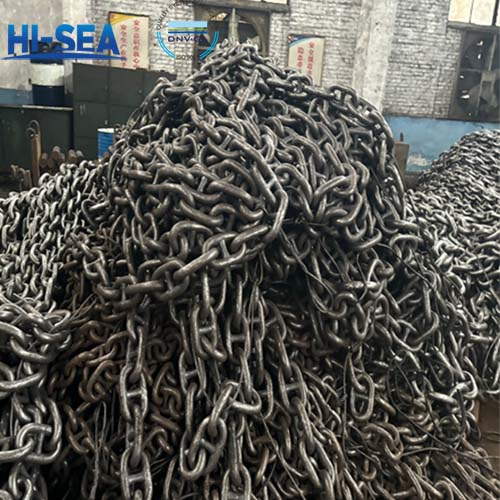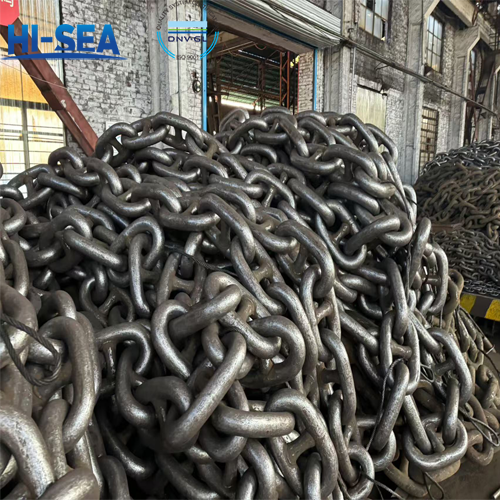
Marine Intermediate Shaft
The marine intermediate shaft refers to the shaft that connect the thruster shaft and the stern shaft, mounted between the propeller shaft and the oil split tank or gear.
The length and number of intermediate shafts are determined by the installation position of the main engine and the diameter of the shaft system. The role of the intermediate shaft is to transmit the power emitted by the main engine to the propeller shaft, and to transmit the thrust generated by the propeller to the thrust bearing. The aft engine room ship has a short shaft system, even without intermediate shaft, which is called short shaft system.
Overview
The marine intermediate shaft is equipped with intermediate bearing and intermediate shaft stuffing box. The intermediate bearing is used to support the shaft, which can be divided into rolling intermediate bearing and gliding intermediate bearing. The stuffing box is used for ensuring the water tightness.
If some intermediate shaft passes through the stuffing box next to the watertight compartment, the stuffing box should be loosened at ordinary times, not subject to load, and only pressed when in distress. The intermediate shaft has a journal for bearing support. Taking into account metal wear, the diameter of these journal should be slightly larger than the rest of the shaft. The intermediate shaft is mostly solid. In order to reduce the ship's own weight, some are made hollow. Intermediate shaft flange is connected with bolts made of light. They also have removable couplings.
Features:
High quality, long service life
High strength materials
Smooth, efficient power transmission
Improved propulsion effect
Precise maneuvers in sea waters





